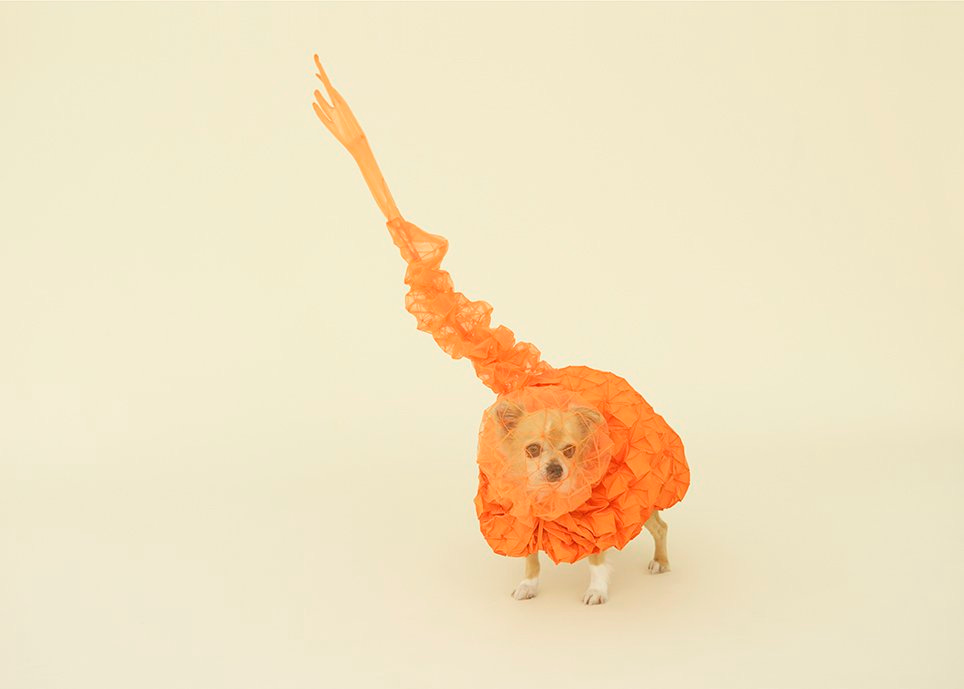An Argument for Keeping Strange Strange
If you and your bathmat are the same, why read the Economist?
I had kind of forgotten about Object Oriented Ontology, which is stupid, because there’s actually a ton of interesting stuff there that maybe becomes newly relevant now that we are thinking about AI.
Object-Oriented Ontology (OOO) is a school of thought, associated mainly by Graham Harman and Ian Bogost, that proposes we rethink how we relate to objects. In this idea, (1) everything is an object. (A tree, Mike Lindell the My Pillow Guy, his My Pillow, a sequin, wall to wall carpet) (2) No objects are better than others - they are all equal. (3) Every object retains an unknowable quality: Objects can’t fully access or know other objects because some essence of them “withdraws”, and you can’t reduce any object to a single part of itself, ie) focus strictly on the materiality of a thing, because there’s always more to an object than just that.
These sequinned denim shorts retain mystery and will withdraw if approached.
This means centering the agency and mystery of an object, which ultimately reduces the centrality of the human perspective. Everything is a kind of Heideggarian “thing-in-itself”1. Object Oriented Ontology tells us to stop looking at things in terms of how they are valuable or useful to humans, and to decentre the human experience even in moments of system interaction.
Long story short, Object Oriented Ontology asks us to think and act in ways that respect the deep, irreducible mystery of everything.
Diverting from this for a moment, Agentic AI refers to AI systems that exhibit autonomous behaviour - that make decisions or act - for example remember when researchers instructed an agent called Isabella Rodriguez to hold a Valentine’s Day party and most of the other agentic AIs decided to stay home even though they are only living in a research experiment and therefore shouldn’t have a very busy schedule?
Point is, being generative, agents are able to create and retain memories, make plans, interact, and influence the state of objects in their environments.
Object Oriented Ontology (OOO) people wouldn’t argue against the idea that an AI is an object, a thing with its own reality, that it exists independently of humans use or understand it. Actually, they would probably say that since every object has depth and mystery, non-agentic AIs also have depth and mystery and “agency” so what is the big deal with agentic ones?
OOO thinkers have debated whether all objects possess actual agency, beyond simply “withdrawing” from full access or understanding. The general consensus seems to land somewhere softer: not that every object has agency in the strong, intentional sense, but that all objects can affect and be affected—they participate in relations and exert force, even if they don’t act with intention.
In that light, calling AIs “agentic” is metaphorical. We’re borrowing philosophical language to describe technical behaviour. In AI, agency isn’t moral or existential—it’s functional. It refers to how systems behave, not what they are.
Still, this ties back to a recurring concern: people often want to understand or control AI. But from an Object Oriented Ontological approach, any AI — just like any extension cord, toddler, or air fryer — will always retain mystery. You’ll never fully grasp it, and that’s the point. So maybe it’s time to stop obsessing over legibility or control, and instead learn to live alongside things we’ll never fully know.
This is the other common critique of Object Oriented Ontology - that it creates a context for social and political apathy - that if you and your bathmat are the same kind of object, why read the Economist?
I was thinking about this because I was reading this article Do Materials Dream in Critical Playground, which outlines the consequences for designers who are considering the materials they use as active, rather than passive, arguing that some materials are “co-conspirators… [that] push back”.
Chihuahua Cloud: A prosthetic, activated surface that communicates with other dogs and the chihuahua’s owner. By Reiser+Umemoto, RUR Architecture
The article is fine as a survey of art projects that use active materials and living systems, but it’s real value lies in how it reflects, from a design perspective, the broader cultural questions we’re now facing with AI — specifically the idea of AI as a “co-creator” or “collaborator”. Designers have been working with living and dynamic systems for a long time, but now the tonality of what is happening with puffy, breathing lampshades is shifting and starting to match how we think about AI.
Maybe treating AI as a real, mysterious object in the world can shift how we build, govern, and relate to it, leading us to consider it as one more strange participant in a world full of strange participants. Maybe wonder is more useful than understanding.
BTW for you GenZ, when you say something is “giving” (“That sweater is giving president of the strata council”) you are referencing Heidegger. (Contributions to Philosophy, p. 25)




